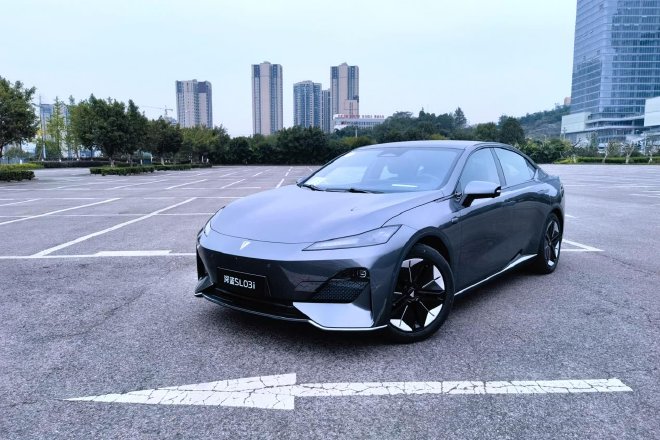According to the notice on the pilot work of intelligent connected vehicles access and road test, under the unified leadership of four ministries and orderly organization, China’s L3 level intelligent connected vehicles access and road test pilot work has achieved phased results. Changan Automobile Group has entered the product access pilot stage.
In addition, brands like BYD, GAC, SAIC, FAW, BAIC, NIO, and others have entered the pilot program. Currently, Changan Automobile has mastered over 200 core technologies in the areas of driving, cabin, and intelligent driving, with 30 technologies being domestically pioneered. Changan Automobile is advancing intelligence and promoting the transformation to “electric intelligence”.
Changan Car Networking Technology has been deeply involved in the field of travel for 9 years, covering the areas of car sharing, online car hailing, and smart driving. They have independently developed the “Changan Intelligent Travel” smart driving operation management platform, which provides travel services, monitors vehicle safety, and improves service quality for users. Currently, Changan Car Networking Technology has implemented intelligent connected car demonstration applications at scenarios such as Chongqing Jiangbei International Airport, accumulating over a million safe kilometers of operation and establishing a safety guarantee and emergency management system to ensure the safety of smart driving. The Changan vehicle model SL03i, equipped with an L3 level traffic congestion automatic driving system, can execute dynamic driving tasks, provide dynamic driving support, and interact with humans. It can also conditionally enable L3 level automatic driving mode in traffic congestion scenarios on highways and city expressways, reducing driver fatigue and improving the driving experience. With the use of a seven-fold redundant architecture and five-fold perception technology, the TJP system can accurately perceive the surrounding environment. In specific scenarios, it not only frees the user’s hands and eyes but also requests user intervention in advance when dealing with specific situations or about to exit automatic driving mode, ensuring that users can quickly take control of the vehicle when necessary. This makes the process of smart driving safer and more controllable.

